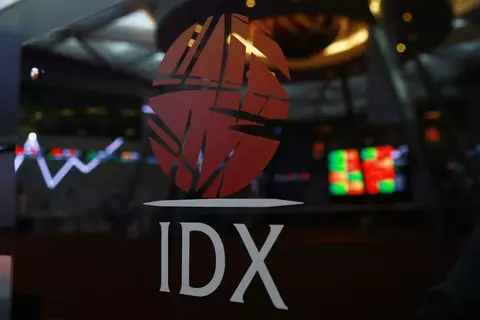How Indonesia’s Stock Market is Evolving: Trends and Predictions
Indonesia’s stock market has experienced significant transformations in recent years, reflecting both domestic developments and global economic shifts. As Southeast Asia’s largest economy, Indonesia presents unique opportunities and challenges for investors. This article delves into the current trends shaping the Indonesian stock market and offers insights into future projections Indonesia-Agent.com.
Current Market Landscape
The Jakarta Composite Index (JCI), Indonesia’s primary stock market index, reached an all-time high of 7,910.56 in September 2024. However, by early 2025, the index experienced a correction, trading around 7,303.49 as of January 23, 2025. Analysts anticipate the JCI to trade at approximately 6,927.69 by the end of the current quarter and around 6,490.15 in the next 12 months .
In 2024, the JCI faced a 3.7% decline in USD terms, underperforming compared to regional peers. For instance, Singapore’s Straits Times Index (STI) achieved a 20.01% return in the same period . Factors contributing to this performance include global economic uncertainties and domestic political developments.
Key Trends Influencing the Market
1. Surge in Renewable Energy and EV Sector Investments
Indonesia’s abundant natural resources, particularly nickel, have positioned it as a pivotal player in the global electric vehicle (EV) supply chain. The country is advancing from raw nickel mining to EV battery production and assembly. Major global companies, including Tesla and BYD, have shown interest in establishing operations in Indonesia .
This shift has been mirrored in the stock market. In 2023, approximately 80% of IPO proceeds originated from the renewable energy and metals/minerals sectors. Notably, Harita Nickel launched one of the year’s largest IPOs in Southeast Asia and was subsequently added to the FTSE Indonesia Index .
2. Fluctuations in IPO Activity
The Indonesian IPO landscape witnessed a downturn in 2024, with only 40 IPOs raising IDR 10.1 trillion, a significant drop from 79 IPOs raising IDR 54.1 trillion in 2023. This decline is attributed to global market challenges and investor caution amid domestic political transitions .
3. Institutional Investment Strategies
Indonesia’s $48 billion social security fund, BPJS Ketenagakerjaan, plans to double its exposure to local equities from the current 10% to between 15–20% over the next three years. This move aims to capitalize on undervalued shares, particularly in sectors like banking, telecommunications, commodities, and consumer goods. The fund targets a 13% year-on-year return in 2025 .
Economic Indicators and Forecasts
Indonesia’s economy is projected to grow by 5.1% to 5.4% in 2025, driven by robust domestic consumption and strategic export diversification . The stock market’s total capitalization is expected to reach US$0.76 trillion in 2025, with a projected annual growth rate leading to US$960.12 billion by 2026 .
According to the Buffett Indicator, Indonesia’s stock market is anticipated to yield an 11.7% annual return in the coming years, factoring in economic growth, dividend yields, and valuation adjustments .
Challenges and Considerations
Despite positive indicators, the Indonesian stock market faces challenges:
-
Foreign Investment Outflows: In early 2025, Southeast Asian markets, including Indonesia, experienced significant foreign investment outflows, totaling $4.16 billion, the largest since 2020. Factors include concerns over economic growth and U.S. tariffs .
-
Currency Volatility: The Indonesian rupiah has faced pressure, nearing five-year lows, impacting investor confidence and market stability .
-
Political and Economic Policies: Domestic policies, such as expansive fiscal programs, have raised concerns about economic sustainability and investor sentiment .
Predictions and Outlook
Looking ahead, several factors are expected to influence Indonesia’s stock market:
-
Technological Advancements: The adoption of deep learning and AI in stock market predictions is gaining traction. For instance, models utilizing candlestick chart representations have achieved promising results in forecasting market trends .
-
Sectoral Growth: Continued investment in renewable energy, EV production, and technology sectors is likely to drive market growth.
-
Regulatory Reforms: Potential regulatory changes aimed at enhancing market transparency and attracting foreign investment could bolster market performance.
Conclusion
Indonesia’s stock market is at a pivotal juncture, balancing between growth opportunities and external challenges. While sectors like renewable energy and technology offer promising prospects, investors must remain vigilant of global economic shifts and domestic policy changes. Strategic investments, informed by comprehensive market analysis and technological tools, will be crucial in navigating Indonesia’s evolving stock market landscape Indonesia-Agent.com.
